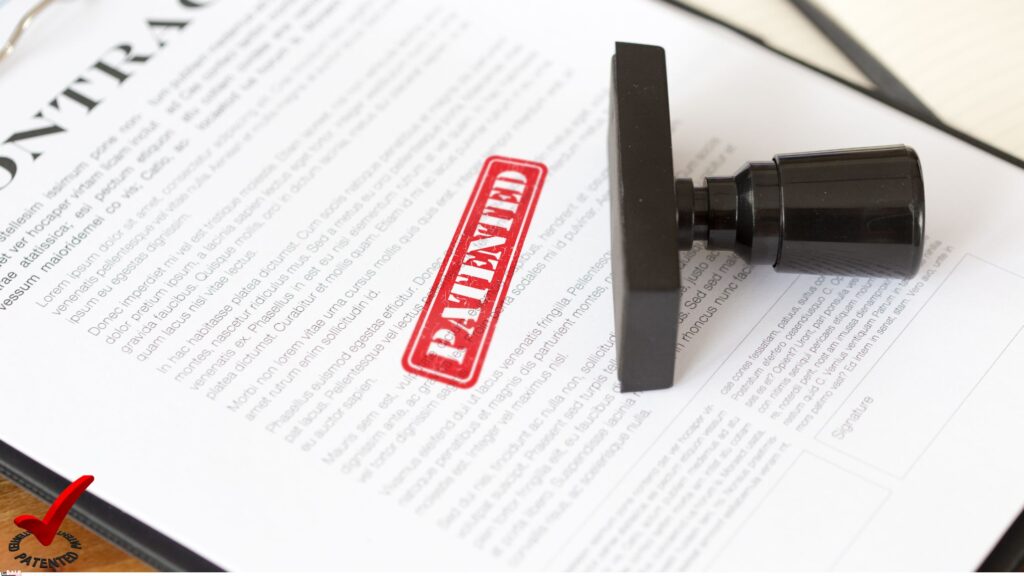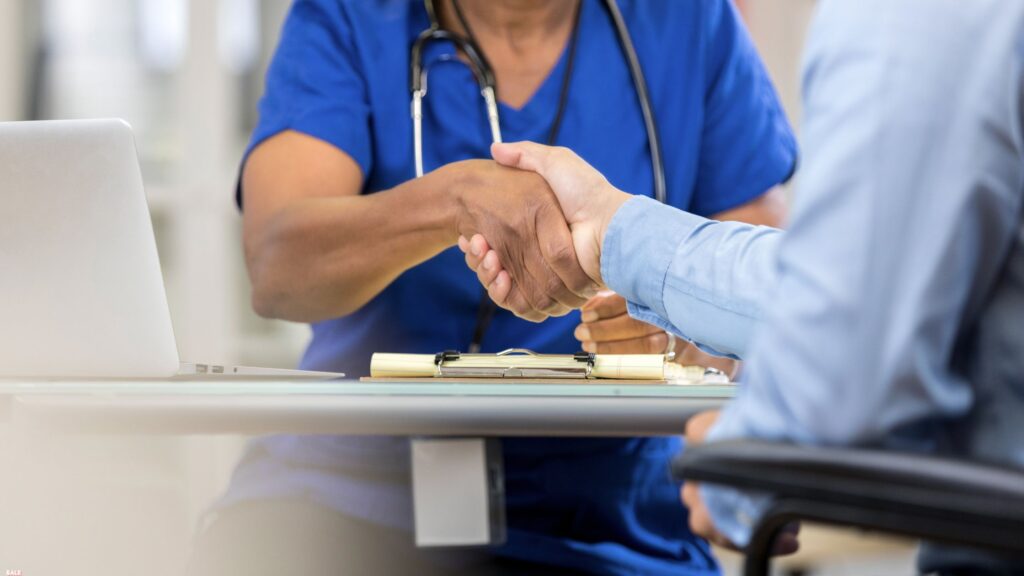In today’s fast-paced medical device industry, technology transfer is a critical process that brings innovation to life. This journey from invention to market entry is essential for advancing healthcare and improving patient outcomes. In this blog, we’ll explore the technology transfer stages, benefits, and common challenges, along with actionable insights to ensure your medical device moves smoothly from the innovation phase to market success.
What is Technology Transfer in Medical Devices?
Technology transfer refers to the process of moving new products, skills, and technical knowledge from one organization to another. In the medical device sector, it involves the transition of new devices, often developed through extensive research and development (R&D), to a manufacturer capable of mass production. Successful technology transfer results in safe, effective devices reaching healthcare providers and patients worldwide.
Key Stages of Technology Transfer for Medical Devices
1. Conceptualization and Prototyping: The journey begins with R&D, where an initial medical device concept is transformed into a prototype. This phase involves feasibility studies and preliminary testing to assess the device’s design and functionality, offering valuable feedback to refine the product.
2. Intellectual Property (IP) Protection: IP protection is essential to safeguard the device’s unique design or technology. Patents ensure that innovators can secure exclusive rights, which is crucial for partnering with manufacturers. Solid IP protection also strengthens a company’s position in the competitive market.

4. Partnering with the Right Manufacturer: Selecting a capable manufacturer ensures that the device is produced at high quality and adheres to standards like ISO 13485. A well-prepared technology transfer process shares detailed design, quality specifications, and safety protocols to make production efficient and compliant.
5. Pilot Production and Testing: A pilot production run is essential to verify that the device meets regulatory and quality standards before full-scale production. This phase often includes real-world testing, which can identify any remaining issues and allow final adjustments to the device’s design or manufacturing process.
6. Market Introduction and Post-Market Surveillance: After the device gains regulatory approval, it’s introduced to the market. Post-market surveillance ensures the device performs as expected, collecting feedback to inform further improvements and monitor for any potential risks or issues.
Common Challenges in Technology Transfer
Technology transfer in medical devices is complex, with several hurdles to overcome:
- Regulatory Complexity: Compliance varies by country, leading to complex regulatory processes. Staying informed on global medical device regulations is crucial.
- Budget Constraints: Technology transfer is resource-intensive. It often requires significant funding, especially for regulatory compliance and testing.
- Knowledge Transfer: Miscommunication between innovators and manufacturers can lead to costly production errors. A well-documented transfer process can help.
- IP and Licensing Issues: IP conflicts can arise if agreements aren’t well-defined. Securing clear, mutually beneficial licensing terms is essential.
Benefits of Effective Technology Transfer
Successful technology transfer offers numerous benefits:
- Accelerated Market Entry: By streamlining production and regulatory compliance, technology transfer shortens the time to market. This allows healthcare providers to access the latest medical device innovations sooner, improving patient outcomes.
- Improved Patient Outcomes: Technology transfer brings cutting-edge devices to patients who need them, enhancing diagnostics, treatment, and patient monitoring. It enables healthcare systems to adopt the latest advancements, ultimately saving lives.
- Enhanced Innovation Ecosystem: Collaborating on technology transfer helps build a robust medical device innovation ecosystem. These partnerships foster a culture of research and development, attracting investment and promoting continuous improvement.
- Global Reach and Compliance: Effective technology transfer helps companies navigate global regulatory landscapes, allowing devices to reach international markets with ease.

How Bioexcel Supports Successful Technology Transfer
At Bioexcel, we’re dedicated to helping innovators bring their devices to market. Our specialized services in technology transfer for medical devices include regulatory consulting, quality assurance, and strategic partnerships with ISO 13485-certified manufacturers. We provide support in:
- Regulatory Documentation: We help clients navigate complex global medical device regulations for market approval.
- Quality Control and Assurance: Our team assists with comprehensive documentation and quality control protocols to ensure compliance and safety.
- Market Strategy: We provide market strategy support and post-market services to ensure device adoption and safety.
Tips for a Successful Technology Transfer
- Choose the Right Partners: Collaborating with experienced manufacturers and regulatory consultants ensures your device is produced efficiently and meets quality standards.
- Stay Informed on Regulatory Requirements: Regularly review medical device regulatory updates in your target markets to avoid compliance issues.
- Document Every Step: Comprehensive documentation supports quality control and ensures a seamless transfer to your manufacturing partner.
- Focus on IP Protection Early: Protecting your innovation early on reduces the risk of IP disputes and strengthens your position in the marketplace.
Conclusion
Technology transfer is essential for moving medical device innovation from the lab to the healthcare market. With the right expertise, planning, and partnerships, you can successfully navigate regulatory requirements, secure IP, and collaborate with manufacturers to achieve market success. At Bioexcel, we’re committed to supporting every stage of the technology transfer journey, ensuring that innovative ideas become valuable products that impact healthcare.
Looking for expert assistance with your medical device technology transfer? Contact Bioexcel today to learn how we can help turn your innovation into market success.












